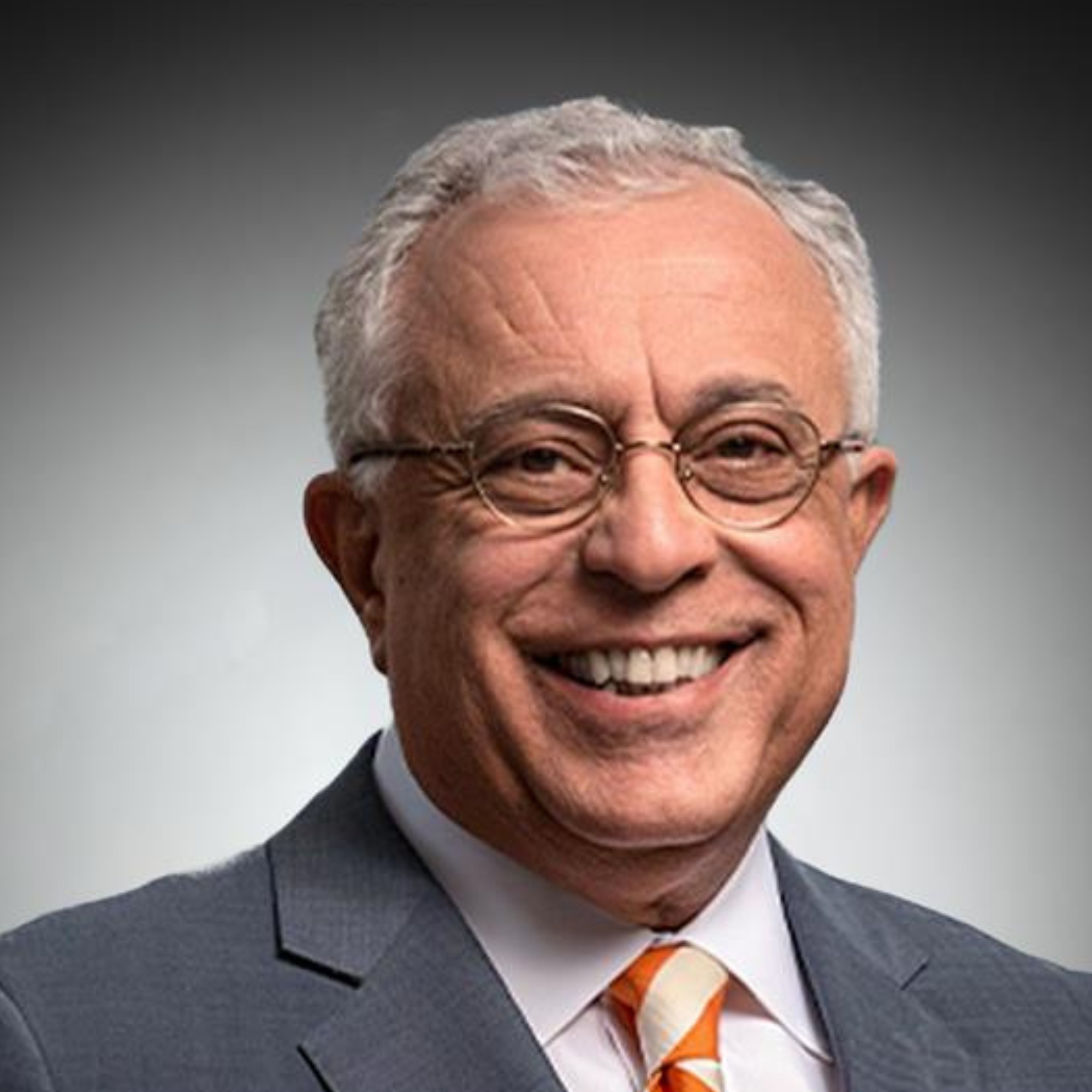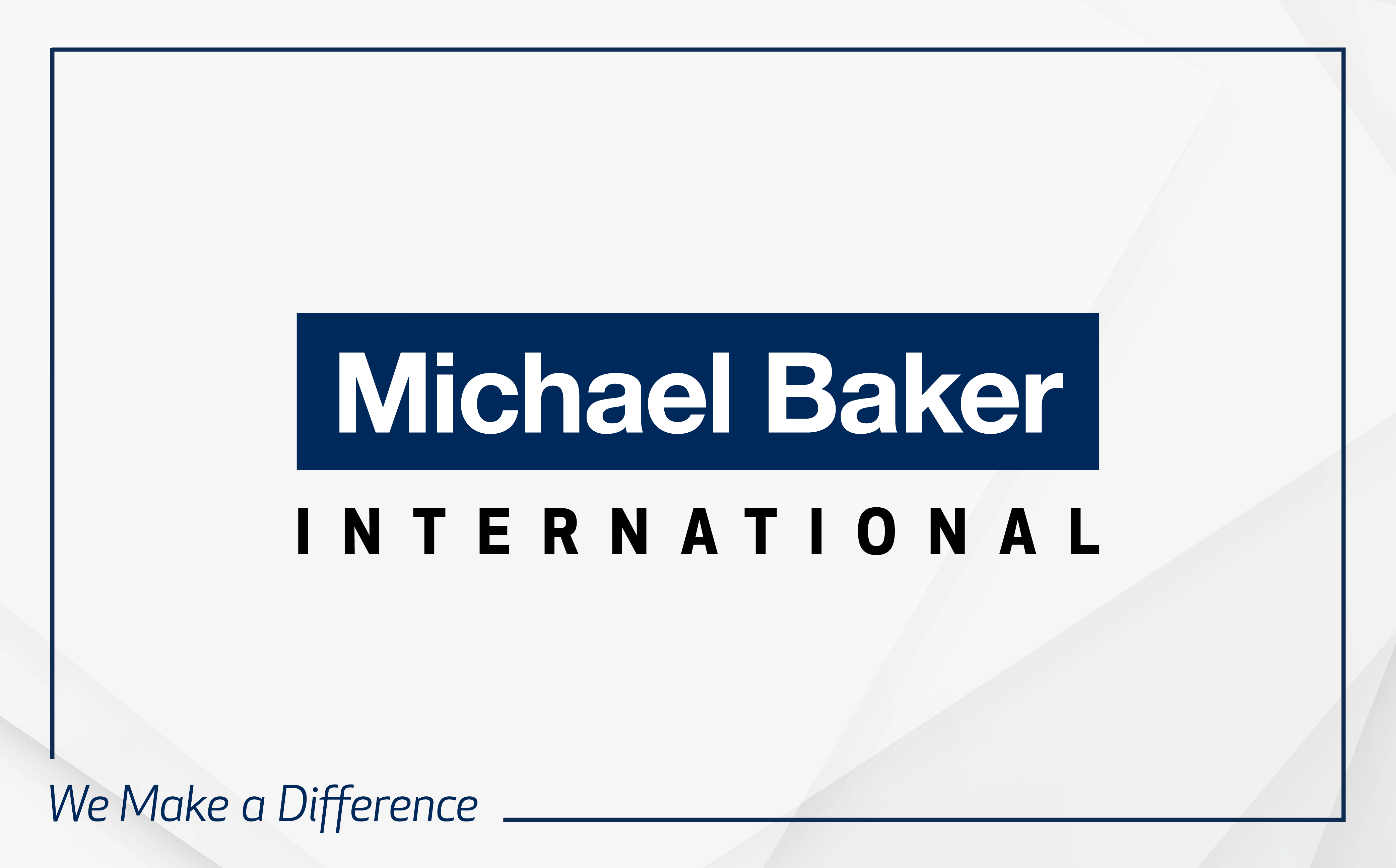At any given time, there may be millions of engineering projects being initiated, designed, constructed, completed and updated across the country and around the world. These projects range from small-scale repairs to infrastructure megaprojects. Navigating the complexities of expansive, intricate programs is significant for any agency or institution. A Program Management Plan is critical in planning and implementing projects and programs efficiently.
As an owner’s advocate, Program Managers are tasked with supporting clients throughout project planning, design, construction and commissioning, as well as helping to navigate complex schedules, manage risks and adapt to unforeseen changes. The Program Manager must strike an appropriate balance between stakeholder’s expectations and the realities of the program.
When building an efficient and effective program, there are several considerations to address for a project to meet expectations for quality, value, cost and schedule. The items below outline the elements essential to successful program management and execution.
Team Development: The Program Manager must first identify a multi-discipline support team of experts in project development, program controls, design, construction management and program support that will work together with the client to successfully compile and deliver the program.
Program Development and Strategic Planning: The Program Manager’s objective is to develop a strategic improvement plan that looks beyond the current capital program and creates a framework for long-term program planning efforts. Building a successful program requires a continual focus on overall strategic objectives, an ongoing assessment of the strategies to achieve these objectives and active oversight and management of the tactical steps – including projects and processes – taken. Program Managers also must regularly reassess the program and adjust due to changes in cost, scope and scheduling.
Project Controls: Project controls are imperative for a successfully executed program. The primary purpose of the Program Management Control System is to establish clear cost and schedule criteria for the program, monitor and measure program status, provide early identification of problem areas, provide alternative analysis and ensure that pertinent information is communicated to project participants. A web-based system is recommended to facilitate these processes to ensure that all versions of documents are available, simplify communication, provides universal access to pertinent information, enables the team to track time-sensitive items, maintain an audit trail, reduce project schedules and allow for standardization of documents, forms, logos and reports.
Design: Successful programs should prioritize identifying innovative design solutions. In creating a program, the team should enact a design-to-budget approach that requires those working on capital program projects to include only the most essential elements in a project’s design. This effort also includes collaboration with the local contractors and Builders Association. Throughout the program, the Program Manager should measure progress against predetermined baselines, giving maximum visibility to problem areas at an early stage, so that management may take corrective action and avoid any schedule delays and cost overruns.
Construction Management: Construction management activities and responsibilities begin long before the construction phase. The Program Manager should coordinate construction planning, agency interface, utilities, force accounts and help develop the schedule. During construction, the Program Manager should oversee field engineering staff to maintain design integrity, monitor the schedule and facilitate the contractor’s submittals and change order approvals to ultimately deliver a quality program on time and within budget.
Program Support: Throughout the program, the team may also provide administrative support, facilitate stakeholder communication, identify, monitor and manage potential risks and ensure that program activities adhere to the established quality standards and best practices. A robust web-based management system should also be developed to establish a central location for the Program Manager, the DOT, and the design and construction team members to access and store the latest documents and requests, facilitate reviews and approvals, and log all program related activities.
Putting it all Together
At Michael Baker International, we have deep experience and expertise in providing strategic vision, planning and management for complex projects and program execution. One such example is our work with our client, CSX Transportation, throughout Virginia as part of the Transforming Rail in Virginia (TRV) initiative.
The TRV initiative is changing the future of rail transportation in Virginia by acquiring railroad right-of-way, increasing rail capacity and reworking passenger and freight operations to improve reliability and increase rail service in Virginia. The TRV program represents an innovative public and private partnership, which also includes the Federal Railroad Administration (FRA), Virginia Department of Transportation (VDOT), Amtrak, and Virginia Railway Express (VRE) commuter rail operator as key stakeholders. This work is being completed in conjunction with the Virginia Passenger Rail Authority (VPRA), the lead state agency for TRV, and encompasses the design and construction of multiple projects between Washington D.C. and Richmond, Virginia.
Over the course of a decade, Michael Baker is providing program and construction management services for significant rail enhancement projects as part of the TRV initiative. Our firm will serve as owner-representative, collaborating with various design consultants to provide preconstruction and construction phase services including design reviews, project controls, construction management, inspection for multiple bridges, walls, track and associated infrastructure. The project scope includes separating freight and passenger rail operations in the corridor as much as feasibly possible to increase rail transport volumes, improve reliability and safety, and increase passenger capacity.
Michael Baker is facilitating close coordination with VDOT, Department of Rail and Public Transportation (DRPT), VPRA, Norfolk Southern, VRE, FRA, and Amtrak to optimize coordination time and streamline the document review and approval processes to keep the project moving forward. To assess potential issues and proactively solve potential problems, Michael Baker is developing and will continually update a risk management plan throughout the project.
Our team is equipped with the expertise and resources necessary to ensure design and construction of all projects will be completed in the client's best interest, within the funding time restrictions, and well-coordinated with local, state and federal stakeholders to prevent delays or budget overruns.
Strong program management is necessary to turn ideas into accomplishments, all while maintaining quality and safety, ultimately ensuring projects are executed efficiently, on schedule and within budget.




